
Table of Contents
The journey of a nursing thesis is a challenging and rewarding one. While crafting a compelling argument and weaving together literature is crucial, the heart of your research lies within the data. It’s the raw material that breathes life into your hypothesis, transforming it from a theoretical concept into a concrete finding. Mastering nursing thesis data analysis is therefore paramount to presenting a convincing and impactful study.
This article will act as your guide, offering invaluable tips to help you navigate the complex world of nursing thesis data analysis. We’ll delve into the key stages, explore the nuances of different data types, and equip you with the necessary tools and strategies to analyze your data effectively, ensuring your thesis stands out.
Steps on How to Analyze Data for a Nursing Thesis
1. Understanding Your Research Question & Choosing the Right Method
The foundation of any successful nursing thesis data analysis lies in a clear understanding of your research question and methodology. It dictates the type of data you collect, the appropriate analysis techniques, and ultimately, the conclusions you draw.
- Define Your Objectives: Before embarking on data collection, clearly articulate your research objectives. What specific questions do you aim to answer? Are you seeking to describe a phenomenon, explore relationships between variables, or test a hypothesis?
- Match Method to Question: The choice of data analysis method depends on the type of data you collect and your research question. Qualitative methods, such as thematic analysis or grounded theory, are ideal for exploring complex social phenomena and generating rich descriptive insights. Quantitative methods, like statistical analysis, are well-suited for testing hypotheses, examining relationships between variables, and drawing statistically significant conclusions.
- Consider Mixed Methods: For a more comprehensive understanding, consider utilizing mixed methods. This combines both qualitative and quantitative approaches, allowing you to explore different facets of your research question and strengthen your findings.
2. Mastering the Art of Data Collection
Data collection forms the backbone of your nursing thesis data analysis. It’s the process of gathering relevant information to answer your research question.

- Rigorous Data Collection: Employ meticulous data collection techniques to ensure accuracy and minimize bias. This could involve structured questionnaires, interviews, observations, or utilizing existing datasets.
- Data Quality & Integrity: Prioritize data quality throughout the process. Ensure your data is consistent, complete, and reliable. Implement data cleaning techniques to remove inconsistencies and errors, enhancing the accuracy of your nursing thesis data analysis.
- Data Security and Ethical Considerations: Always prioritize data security and adhere to ethical guidelines. Respect participant privacy, obtain informed consent, and maintain confidentiality of sensitive information.
3. Navigating Qualitative Data Analysis
Qualitative data, often rich in narratives and experiences, requires a different approach to nursing thesis data analysis.
- Coding and Thematic Analysis: Start by meticulously reviewing your data, identifying key themes and patterns. Use coding techniques, such as open coding, axial coding, and selective coding, to organize and categorize data. This allows you to identify emerging themes and build a deeper understanding of your data.
- Memos and Interpretations: Document your thoughts and interpretations throughout the coding process. Memos help you track your analytical journey and ensure transparency in your nursing thesis data analysis.
- Qualitative Data Software: Utilize qualitative data analysis software, like NVivo or Atlas.ti, to assist in organizing, coding, and analyzing large volumes of qualitative data. These tools can streamline the process and enhance the efficiency of your nursing thesis data analysis.
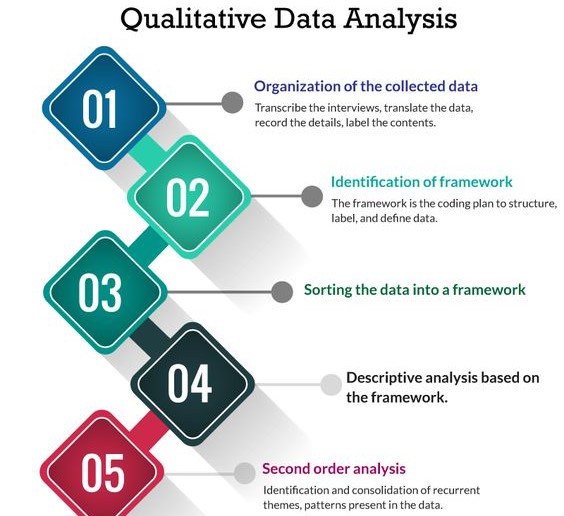
4. Deciphering Quantitative Data Analysis
Quantitative data analysis involves numerical data and statistical methods to examine relationships and test hypotheses.
- Descriptive Statistics: Begin with descriptive statistics to summarize and understand your data. Calculate measures of central tendency (mean, median, mode) and variability (standard deviation, range).
- Inferential Statistics: Use inferential statistics to draw conclusions about your population based on your sample. Common techniques include t-tests, ANOVA, regression analysis, and chi-square tests.
- Statistical Software: Statistical software like SPSS, R, or Stata are invaluable for conducting complex statistical analyses. These programs offer a wide range of functions to analyze your data, test hypotheses, and generate visualizations.
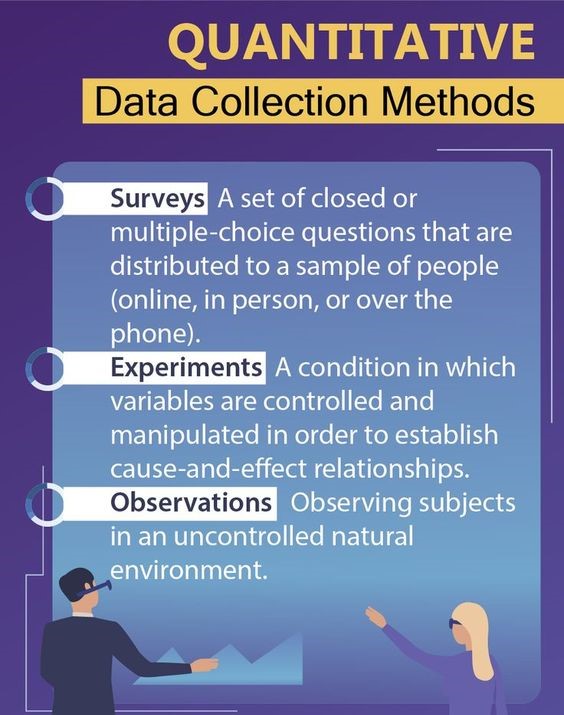
5. Visualizing Your Findings for Impact
Data visualizations are essential for effectively communicating your nursing thesis data analysis and conveying complex findings in an engaging and accessible manner.
- Charts & Graphs: Utilize various chart types, including bar charts, line graphs, scatterplots, and histograms, to visually present your data. Choose the most appropriate chart to highlight key trends, relationships, and differences.
- Tables: Present detailed numerical data in clear and concise tables. Use appropriate formatting and labeling to ensure readability.
- Interactive Visualizations: Explore the use of interactive visualizations, such as dashboards or online maps, to engage your audience and provide an interactive experience.
6. Drawing Meaningful Conclusions & Discussing Limitations
After analyzing your data, it’s crucial to draw meaningful conclusions that support your research question and contribute to the body of knowledge.
- Interpreting Findings: Carefully interpret your results, connecting them back to your research question and existing literature. Avoid overstating your findings or drawing conclusions that are not supported by the data.
- Addressing Limitations: Acknowledge the limitations of your study. These could include sample size, data collection methods, or specific methodological choices. This demonstrates transparency and acknowledges the context of your findings.
- Implications for Nursing Practice: Discuss the practical implications of your research findings for nursing practice. Consider how your results can inform clinical decision-making, patient care, or future research directions.
7. Seeking Guidance from Experts
Throughout your nursing thesis data analysis journey, seeking guidance from experts is essential.
- Faculty Advisors: Your faculty advisor is your primary resource. They offer valuable insights, feedback, and support, guiding you through the complex world of nursing thesis data analysis.
- Research Methods Courses: Enroll in research methods courses to enhance your understanding of data analysis techniques and statistical concepts.
- Statistical Consultants: If your analysis requires advanced statistical methods, consider consulting with a statistical expert. They can assist you with complex analyses, interpretation, and statistical reporting.
8. Key Data Analysis Techniques for Nursing Research
Let’s delve deeper into specific data analysis techniques commonly used in nursing research.
- Descriptive Analysis: Utilizing descriptive statistics is fundamental to understanding your data. Measures like mean, median, mode, standard deviation, and frequencies help you summarize and portray your data’s central tendency and variability. This is particularly important when analyzing demographic information, patient characteristics, or healthcare outcomes.
- Inferential Analysis: Inferential analysis allows you to draw conclusions about a population based on your sample data. Common methods like t-tests, ANOVA, and regression analysis are used to test hypotheses and examine relationships between variables.
- T-tests: Used to compare means of two groups, for example, comparing the effectiveness of two different interventions.
- ANOVA (Analysis of Variance): Used to compare means of three or more groups, for example, examining the effect of different nursing interventions on patient satisfaction.
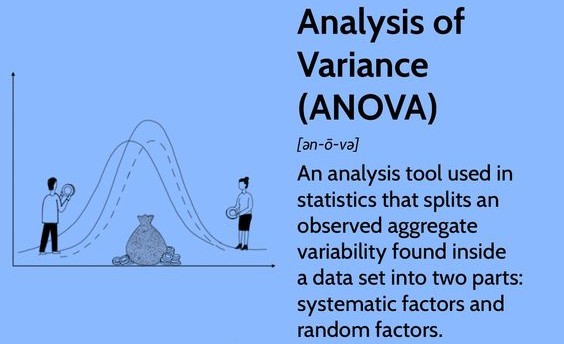
- Regression Analysis: Used to predict the relationship between variables, for example, predicting the risk of hospital readmission based on patient characteristics.
- Qualitative Analysis: For exploring complex social phenomena, qualitative data analysis techniques are invaluable. Thematic analysis, grounded theory, and content analysis are frequently used to identify emerging themes, patterns, and insights from your data.
9. The Power of Data Visualization in Nursing Research
Data visualization is a powerful tool for communicating your findings effectively and engaging your audience.
- Visualizing Patient Outcomes: Present data visually to highlight trends in patient outcomes, such as recovery rates, length of stay, or complication rates. Bar charts, line graphs, and pie charts can clearly demonstrate these trends and enhance the impact of your research.
- Exploring Patient Experiences: Utilize visualizations to illustrate patient experiences and perceptions. Word clouds, concept maps, and thematic networks can effectively visualize key themes and concepts emerging from qualitative data.
- Examining Healthcare Systems: Visualizations can be used to examine healthcare systems and identify areas for improvement. Maps, dashboards, and interactive visualizations can effectively showcase data related to resource allocation, healthcare utilization, or health disparities.
10. The Importance of Reporting Data Analysis Results
Clearly and accurately reporting your nursing thesis data analysis results is crucial for conveying your findings and ensuring transparency.
- Quantitative Data Reporting: Report descriptive statistics and inferential analysis results in a structured and understandable manner. Include tables, figures, and statistical tests with their corresponding p-values.
- Qualitative Data Reporting: Present themes, categories, and key findings from your qualitative analysis in a narrative form, using illustrative quotes and excerpts from your data.
- Discussion Section: In the discussion section of your thesis, connect your findings back to your research question, existing literature, and potential implications for nursing practice.
- Limitations & Future Research: Be transparent about the limitations of your study and suggest areas for future research based on your findings.
11. The Role of Technology in Nursing Thesis Data Analysis
Technology plays an increasingly important role in nursing thesis data analysis, empowering researchers with powerful tools and resources.
- Data Analysis Software: Utilize statistical software like SPSS, R, or Stata for quantitative analysis. For qualitative analysis, consider using software like NVivo or Atlas.ti to assist with coding, analysis, and visualization.
- Online Databases: Access relevant datasets and research repositories through online platforms like PubMed, Google Scholar, and Cochrane Library.
- Cloud Computing: Utilize cloud computing services for data storage, processing, and collaboration.
- Artificial Intelligence (AI): Explore the potential of AI tools for analyzing large datasets, identifying patterns, and generating insights.
12. Ethical Considerations in Nursing Thesis Data Analysis
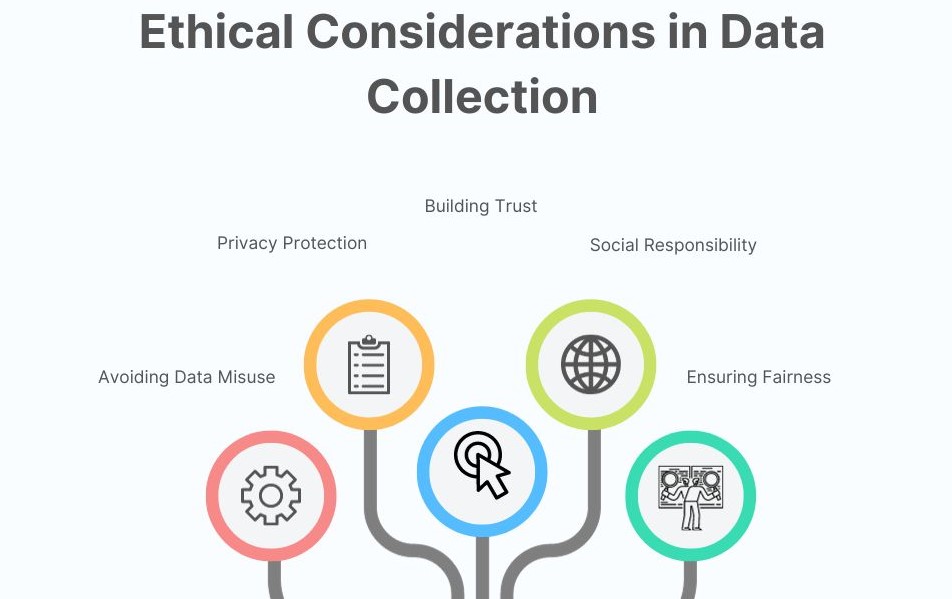
Ethical considerations are paramount throughout the nursing thesis data analysis process.
- Informed Consent: Obtain informed consent from participants before collecting any data, ensuring they understand the purpose of your study and any potential risks or benefits involved.
- Confidentiality and Privacy: Maintain confidentiality of all participant data, protecting their privacy and ensuring their anonymity.
- Data Integrity: Ensure the integrity and accuracy of your data, avoiding bias or manipulation.
- Data Sharing and Publication: Consider ethical implications when sharing or publishing your data, ensuring it is done responsibly and in a manner that protects participant privacy.
13. Challenges in Nursing Thesis Data Analysis
While nursing thesis data analysis is an invaluable component of research, it does present certain challenges.
- Lack of Statistical Expertise: Many nursing students may lack sufficient statistical knowledge to conduct complex analyses independently.
- Data Availability and Accessibility: Access to relevant data sources can be challenging, particularly for studies involving sensitive patient information.
- Time Constraints: Students often face time constraints, making it difficult to dedicate sufficient time to data analysis.
- Interpreting Complex Findings: Interpreting complex statistical results or qualitative themes can be challenging, requiring careful consideration and critical thinking.
Overcoming Challenges in Nursing Thesis Data Analysis
Several strategies can help overcome challenges in nursing thesis data analysis.
- Seek Guidance and Support: Collaborate with faculty advisors, statistical consultants, or research mentors.
- Utilize Data Analysis Software: Leverage statistical software to simplify analysis tasks and improve efficiency.
- Prioritize Data Collection Methods: Choose data collection methods that are feasible and relevant to your research question.
- Focus on Key Findings: Prioritize analyzing data related to your key research question, avoiding getting lost in extraneous details.
Tips for Success in Nursing Thesis Data Analysis
Here are some additional tips to enhance your nursing thesis data analysis skills:
- Start Early: Begin analyzing your data as soon as you start collecting it. This helps you identify potential issues or inconsistencies early on.
- Organize Your Data: Create a clear and organized system for storing and managing your data.
- Document Your Analysis Process: Keep detailed records of all your analysis steps, including data cleaning, transformations, and statistical tests performed.
- Practice Regularly: Engage in regular practice sessions to enhance your data analysis skills. Utilize online resources or practice datasets to improve your familiarity with various techniques.
- Seek Feedback: Share your analysis results and interpretations with peers or faculty members to get valuable feedback and ensure your work is clear and accurate.
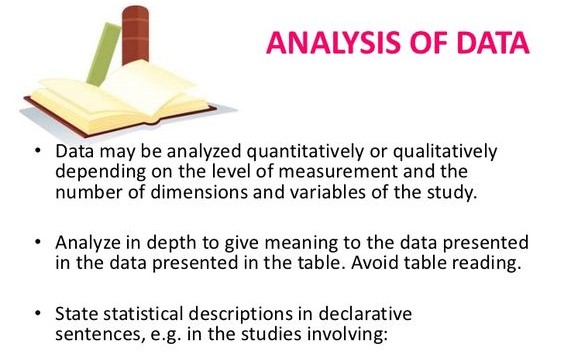
The Power of Data Analysis in Nursing Research
Nursing thesis data analysis is the cornerstone of any impactful nursing research project. By mastering the essential techniques, understanding different data types, and utilizing available resources, you can effectively analyze your data, draw meaningful conclusions, and contribute significantly to the advancement of nursing knowledge and practice. Remember, the journey of a nursing thesis is a collaborative one. Seek guidance from experts, utilize technology wisely, and embrace the challenges as opportunities for growth and learning. Your data holds the potential to transform the future of nursing care, one analysis at a time.
Get Customized Nursing Thesis Writing Help
Are you struggling with nursing thesis data analysis? Then, get professional nursing thesis writing help from PhD Nurse Writer. We provide customized nursing thesis writing assistance to help you get through this demanding task seamlessly. We guarantee professional nursing research paper, essay and dissertation writing services for academic excellence.





